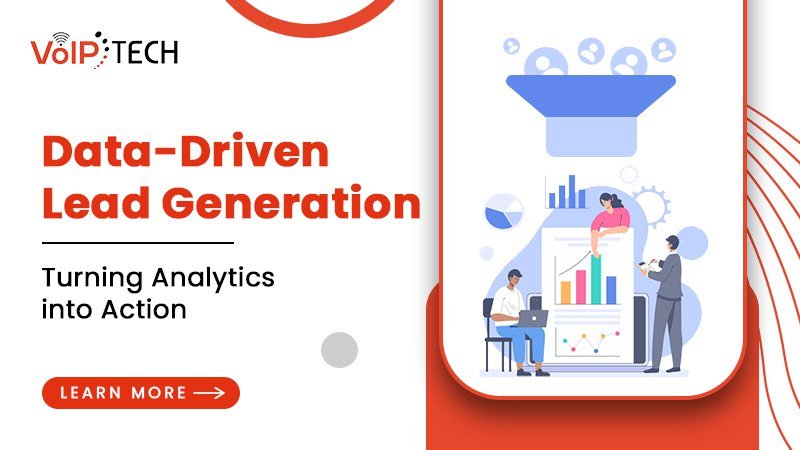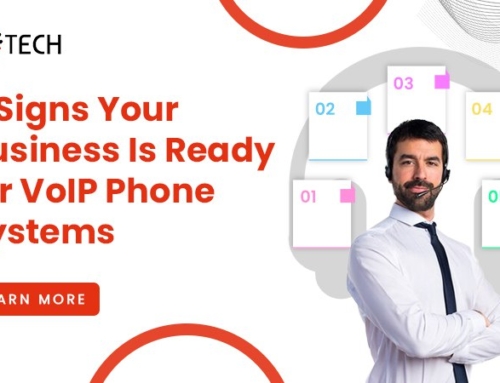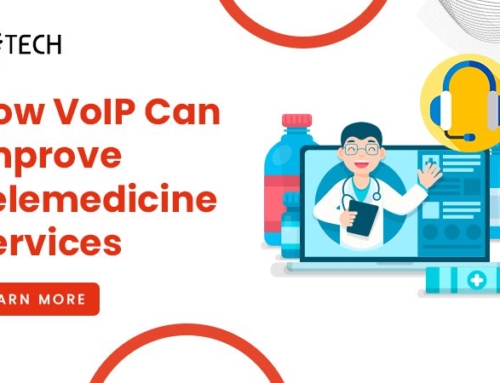In the dynamic landscape of digital marketing, data has become the cornerstone of successful lead generation. No longer can businesses afford to rely solely on intuition and guesswork; instead, they must harness the power of data analytics to make informed decisions and optimize their lead generation strategies.
Understanding the Data Landscape:
Data-driven lead generation involves collecting, analyzing, and interpreting vast amounts of information to gain actionable insights. This begins with understanding your target audience and market trends. Utilize tools like Google Analytics, social media insights, and customer relationship management (CRM) systems to gather data on user behavior, preferences, and engagement.
Segmentation for Personalization:
One key aspect of effective data-driven lead generation is segmentation. By categorizing your audience based on demographics, behavior, and other relevant factors, you can tailor your marketing messages to resonate with specific segments. Personalization not only enhances the customer experience but also increases the likelihood of converting leads into customers.
Optimizing Campaigns with A/B Testing:
A/B testing is a crucial component of data-driven decision-making. Experiment with different elements of your lead generation campaigns, such as headlines, images, and calls-to-action, and analyze the performance metrics. This iterative process allows you to refine your approach based on what resonates most with your audience, leading to higher conversion rates.
Predictive Analytics for Future Success:
Harness the power of predictive analytics to anticipate future trends and behaviors. By analyzing historical data, machine learning algorithms can identify patterns and predict which leads are most likely to convert. This enables marketers to focus their efforts on high-potential leads, optimizing both time and resources.
Closing the Loop with Attribution Modeling:
Understanding the customer journey is essential for effective lead generation. Attribution modeling helps you identify the touchpoints that contribute most to conversions. By assigning value to each interaction, you can allocate resources strategically, optimizing your marketing mix for maximum impact.
Continuous Improvement through Data Iteration:
Data-driven lead generation is not a one-time process but an ongoing cycle of improvement. Regularly review and update your strategies based on the latest data and market trends. Embrace a culture of continuous improvement, where data guides decision-making and innovation.
Conclusion
In conclusion, data-driven lead generation empowers businesses to make strategic decisions that yield tangible results. By turning analytics into action, companies can create more personalized and targeted campaigns, ultimately increasing the efficiency and effectiveness of their lead generation efforts. Embrace the data revolution, and watch as your lead generation strategies evolve to new heights of success.







